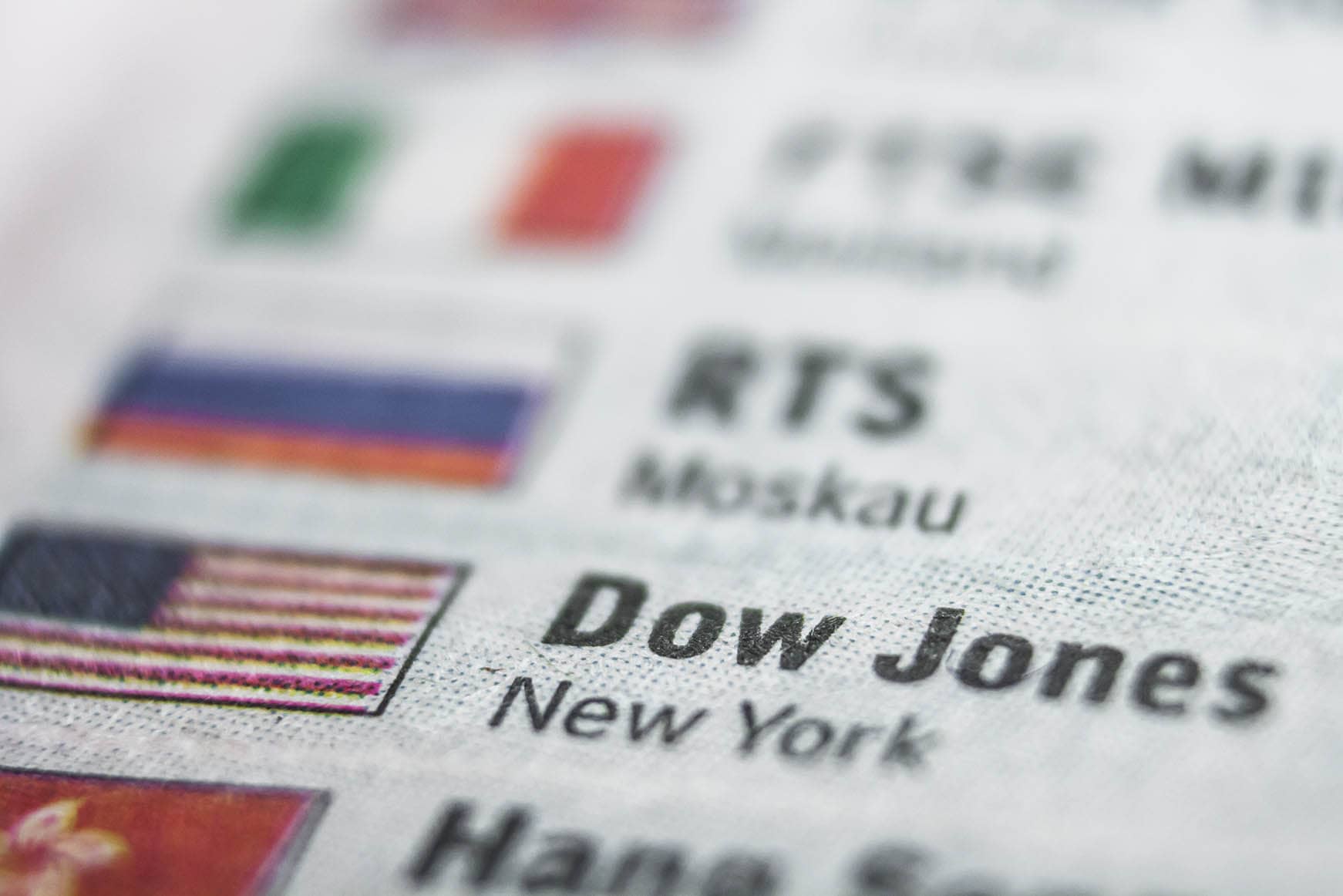Chinese Stimulus, Fed Pause Bets Boost Sentiment: XM.com

Image © Adobe Images
Raffi Boyadjian, Lead Investment Analyst at XM.com. An original version of this article can be found here.
The markets’ conviction that the Fed's July rate hike was a one-and-done got a boost on Friday after the central bank’s favourite inflation metric fell more than expected, underscoring the view that price pressures no longer pose a major risk.
The core PCE price index dropped from 4.6% to 4.1% y/y in July – the first substantial decline since December.
Whilst the figure is twice the Fed’s 2% target, it was the signal investors were waiting for that monetary policy is restrictive enough and that inflation should maintain its downward course in the coming months.
The focus now is on Friday’s all-important nonfarm payrolls report amid some worries that the labour market may be heating up again after the recent run of stronger-than-expected jobless claims readings.
Bond markets remain unconvinced about the ‘all clear’ sign that equity markets are seeing.
Treasury yields dipped only modestly from the soft PCE inflation numbers as other data pointed to the ongoing resilience of the US consumer.
For equity traders, this is the goldilocks situation they’ve been hoping for as a soft landing appears to become more and more possible.
But they could be underestimating the effort needed to get over the last hurdle, as the Fed may have to hike rates one or two times more to bring inflation all the way down to 2%.
For Wall Street, this is a worry for another day as it only takes a couple of impressive earnings results to mask what has otherwise been yet another uninspiring season for corporate America.
After Meta’s and Alphabet’s strong earnings beats, there are hopes that Apple and Amazon will deliver more of the same when they report later this week.
The Nasdaq Composite rallied on Friday to close 1.9% higher, while the S&P 500 closed up 1.0%.
Shares in Asia are leading the gains today amid more reports that authorities in China are prepping additional stimulus measures.
Beijing seems to be living up to its promises of support for the consumer and real estate sectors, as well as improving funding for small businesses, as the leadership tries to grapple with a sputtering economy.
However, Chinese stocks pared back some of their earlier advances as some of the euphoria faded after a decline in the country’s non-manufacturing PMI for July, even as the manufacturing PMI ticked up slightly.
In the currency markets, the US dollar was broadly firmer, mainly on the back of the fresh selloff in the Japanese yen. The euro remained mostly on the backfoot following Thursday’s ECB decision when President Lagarde opened the door to a possible pause in September.
Sterling was weaker too on Monday. It remains to be seen whether the Bank of England will be able to strike a hawkish enough tone on Thursday to reverse the pound’s latest slide.
Commodity-linked currencies bucked the trend, however, as the headlines about more stimulus in China lifted the aussie, kiwi and loonie.
The Australian dollar is today’s biggest gainer so far but there is a risk of a pullback should the Reserve Bank of Australia keep rates unchanged when it announces its latest policy decision on Tuesday at 04:30 GMT.
The yen on the other hand slid across the board after the Bank of Japan conducted an unscheduled bond buying operation to cap the surge in the 10-year JGB yield.
Japan’s 10-year yield has shot up to the highest in nine years after the BoJ shocked markets on Friday with a surprise tweak in its yield curve control policy.
Although the upper yield cap has effectively been raised from 0.50% to 1.00%, the BoJ is demonstrating to investors that it is serious about maintaining the 0.50% level as a reference point as well as to prevent sharp daily movements.
The jump in the 10-year yield to above 0.60% has clearly struck a nerve at the BoJ, with the yen suffering the consequences.
The dollar was back above the 142 level today – the highest in three weeks.
